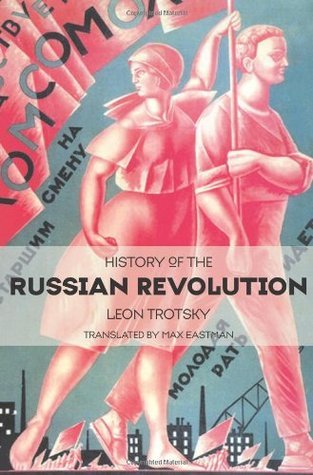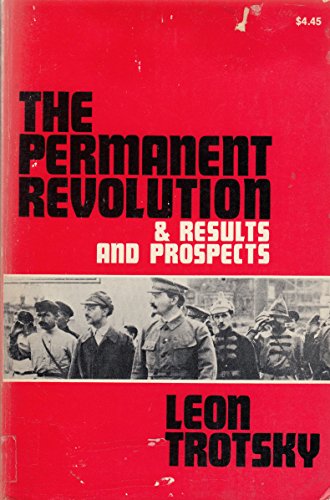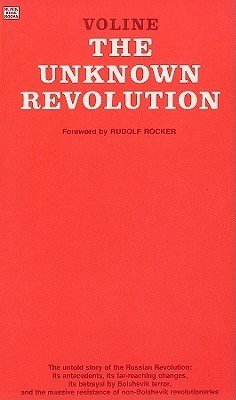
History of the Russian Revolution
Book Description
A tempest brews in the heart of Russia, shaking the foundations of an empire and igniting the dreams of millions. Amidst the chaos of war, workers, soldiers, and peasants unite to challenge tyranny with fervor and hope. Leon Trotsky masterfully captures the pulse of revolution, portraying the exhilarating highs and devastating lows of a nation in upheaval. Clashing ideologies, fierce betrayals, and relentless struggle unfold in a gripping narrative filled with courage and despair. As the specter of change looms, can the vision of a new society rise from the ashes of the old? What price must be paid for a brighter future?
Quick Book Summary
"History of the Russian Revolution" by Leon Trotsky delivers a profoundly detailed and dynamic account of the revolutionary upheaval that dismantled the Russian Empire in 1917. Trotsky, a central figure in these events, draws from personal experience, extensive research, and Marxist analysis to explain how a confluence of social forces—workers, peasants, and soldiers—toppled autocratic power and attempted to build a socialist society. The book traces the slow decay of Tsarist institutions, the revolutionary ferment spurred by World War I, and the critical roles played by mass movements, party leadership, and class struggle in shaping history. Trotsky’s narrative explores not just grand political changes, but also the inner lives, motives, and fervor of ordinary people. The result is a gripping portrayal of hope, betrayal, transformation, and tragedy in a society on the brink of radical change.
Summary of Key Ideas
Table of Contents
The Collapse of Tsarism and the Old Order
Trotsky opens his account by painting the landscape of pre-revolutionary Russia, mired in social and economic stagnation. The rigid Tsarist autocracy, resistant to meaningful reform, oversaw a society where the upper classes remained insulated while workers and peasants suffered dire poverty. World War I exacerbated these conditions, causing national morale to plummet and sharpening dissatisfaction. Discontent burgeoned into strikes and protests, as economic and political crises eroded the foundation of imperial authority, setting the stage for revolt.
The Role of Masses and Leaders in Revolution
The revolution’s driving force emerges from the collective struggles and aspirations of the masses. Trotsky explores how, through council structures like the Soviets, workers, peasants, and soldiers found their political voice. He examines the tension between spontaneous uprising and organized leadership, emphasizing that the revolutionary momentum depended on both genuine grassroots energy and the ability of leaders to channel it effectively. Charismatic figures, especially Lenin, played decisive roles in harnessing aspirations toward practical ends, bridging the gap between ideology and action.
Shaping and Shifting Revolutionary Strategy
Trotsky meticulously details the shifting strategies of rival political parties, particularly the Bolsheviks and their opponents. He explains how the Bolsheviks, gradually gaining support, adapted tactics in real-time to revolutionary developments. Intellectual debates, pragmatic decisions, and bold reversals all shaped the outcomes. The chapters delve into how key moments—such as the July Days, the Kornilov Affair, and the eventual October insurrection—were shaped by the complex interplay of planned action, unforeseen circumstances, and the volition of revolutionary actors.
The Dynamics of Power and Betrayal
Central to Trotsky’s analysis is the volatility of power and the prevalence of betrayal and compromise. As the old regime crumbled, new power struggles erupted—not just between revolutionaries and reactionaries, but within the revolutionary movement itself. Trotsky discusses the shifting loyalties of soldiers, the hesitations of moderate socialists, and the recalculations of military and police leaders. These betrayals often led to sudden reversals of fortune, highlighting the fragility of alliances and the immense risks faced by those seeking genuine change.
The Legacy and Consequences of Revolution
The legacy of the Russian Revolution, Trotsky argues, is both inspiring and sobering. While the revolution unleashed hope for a new social order and demonstrated the potential of organized mass action, it also ushered in civil war, economic hardship, and the hardening of political power. Trotsky’s narrative compels readers to grapple with the tragic contradictions and ultimate costs of radical transformation. Yet, he also insists that such moments of upheaval reveal the deep possibilities of collective vision, courage, and the ceaseless struggle for justice.
Download This Summary
Get a free PDF of this summary instantly — no email required.





